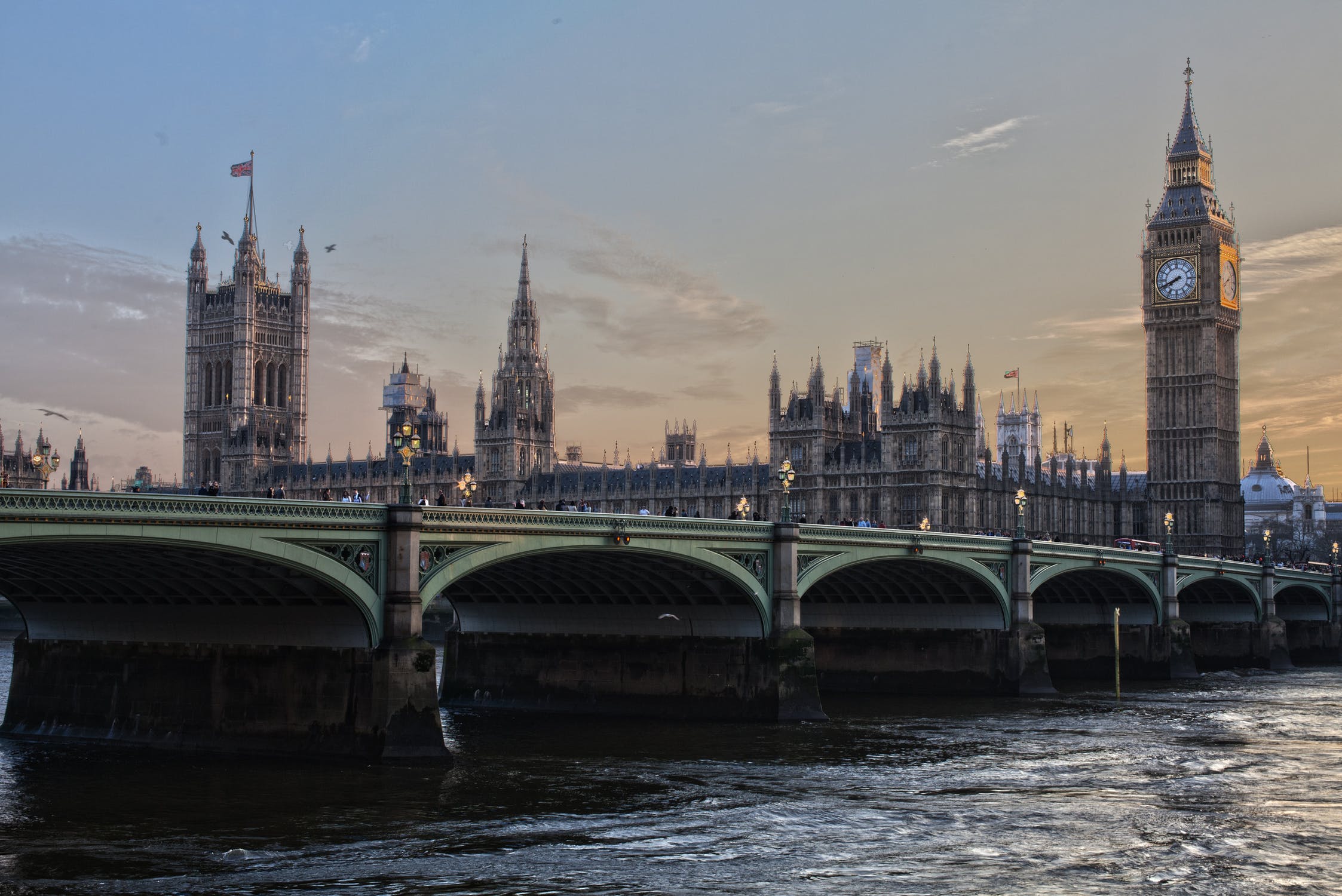The success of automatic enrolment is in danger of being “oversold” once April 2019 contribution increases go through, it has been said.
Speaking at Barnett Waddingham’s defined contribution conference yesterday, 12 September, Walgreaves Boots Alliance group director of pensions Julie Richards said that auto-enrolment could be in a “honeymoon period” following the low opt-out rates after the last contribution hike.
Minimum employee auto-enrolment contributions rose from 1 per cent to 3 per cent in April 2018, and is set to rise again to 5 per cent in April 2019.
Richards said: “The thing with AE is, I’m not saying it’s a bad thing, I’m just saying that there is a danger we have oversold it. I don’t think you can judge its success until we see the April 2019 contribution increases go through.
“The 1 per cent to 3 per cent is not a huge difference, but the move from 3 per cent to 5 per cent, when you have people on living wage, I wonder if in a couple of years’ time we’ll look back and say yeah, it was a bit of a honeymoon period and now it is going the other way.”
Yesterday, Work and Pensions Secretary Esther McVey hailed a “pensions revolution”, driven by the success of auto-enrolment, which has resulted in almost 10 million people saving for retirement.
However, the Office for National Statistics warned last week that average contributions into private sector DC pension schemes during 2017 fell to 3.4 per cent from 4.2 per cent in 2016, and have decreased significantly from 2012’s level of 9.7 per cent.
Also commenting on the future rise, Barnett Waddingham head of workplace wealth, Mark Futcher, said: “It is not the contribution itself, it is the amount it represents of their disposable income and when it jumps up to 5 per cent it will be about 25 per cent of that disposable income, and that’s what is going to drive the opt-out rate. It comes back to affordability, people making a choice when they don’t have a choice.”
Despite the increases, some experts argue that the level of savings will still not be enough, advocating contribution rates closer 14 per cent of salary.
Latest News
-
19 firms join forces to launch new retail investment campaign
-
Four in five bridging professionals confident about 2026 market outlook
-
FCA to press ahead with stablecoin payments next year
-
Titan Wealth acquires Morgans Ltd
-
Mortgage brokers playing ‘pivotal’ part in homebuying journey – Santander
-
Average mortgage rates fall to lowest levels since September 2022
NEW BUILD IN FOCUS - NEW EPISODE OF THE MORTGAGE INSIDER PODCAST, OUT NOW

Figures from the National House-Building Council saw Q1 2025 register a 36% increase in new homes built across the UK compared with the same period last year, representing a striking development for the first-time buyer market. But with the higher cost of building, ongoing planning challenges and new and changing regulations, how sustainable is this growth? And what does it mean for brokers?
The role of the bridging market and technology usage in the industry
Content editor, Dan McGrath, sat down with chief operating officer at Black & White Bridging, Damien Druce, and head of development finance at Empire Global Finance, Pete Williams, to explore the role of the bridging sector, the role of AI across the industry and how the property market has fared in the Labour Government’s first year in office.
Does the North-South divide still exist in the UK housing market?

What do the most expensive parts of the country reveal about shifting demand? And why is the Manchester housing market now outperforming many southern counterparts?
In this episode of the Barclays Mortgage Insider Podcast, host Phil Spencer is joined by Lucian Cook, Head of Research at Savills, and Ross Jones, founder of Home Financial and Evolve Commercial Finance, to explore how regional trends are redefining the UK housing, mortgage and buy-to-let markets.
In this episode of the Barclays Mortgage Insider Podcast, host Phil Spencer is joined by Lucian Cook, Head of Research at Savills, and Ross Jones, founder of Home Financial and Evolve Commercial Finance, to explore how regional trends are redefining the UK housing, mortgage and buy-to-let markets.
The new episode of The Mortgage Insider podcast, out now

Regional housing markets now matter more than ever. While London and the Southeast still tend to dominate the headlines from a house price and affordability perspective, much of the growth in rental yields and buyer demand is coming from other parts of the UK.
In this episode of the Barclays Mortgage Insider Podcast, host Phil Spencer is joined by Lucian Cook, Head of Research at Savills, and Ross Jones, founder of Home Financial and Evolve Commercial Finance.
In this episode of the Barclays Mortgage Insider Podcast, host Phil Spencer is joined by Lucian Cook, Head of Research at Savills, and Ross Jones, founder of Home Financial and Evolve Commercial Finance.
© 2019 Perspective Publishing Privacy & Cookies











Recent Stories